My First Gritty Mix Batch and Planting
earthworm73
11 years ago
Featured Answer
Comments (21)
jodik_gw
11 years agoearthworm73
11 years agoRelated Professionals
Panama City Landscape Architects & Landscape Designers · Sahuarita Landscape Architects & Landscape Designers · Dedham Landscape Contractors · Lewisville Landscape Contractors · Weslaco Landscape Contractors · Forest Hill Landscape Contractors · Hercules Solar Energy Systems · Palo Alto Solar Energy Systems · Swansea Solar Energy Systems · Atlantic Beach Window Contractors · Compton Window Contractors · Brea Fence Contractors · Tallahassee Fence Contractors · Winnetka Fence Contractors · Teaneck Fence Contractorsgreenman28 NorCal 7b/8a
11 years agoearthworm73
11 years agocalistoga_al ca 15 usda 9
11 years agogreenman28 NorCal 7b/8a
11 years agoLoveplants2 8b Virginia Beach, Virginia
11 years agojodik_gw
11 years agoearthworm73
11 years agogreenman28 NorCal 7b/8a
11 years agojodik_gw
11 years agotapla (mid-Michigan, USDA z5b-6a)
11 years agoearthworm73
11 years agogreenman28 NorCal 7b/8a
11 years agojodik_gw
11 years agoearthworm73
11 years agogreenman28 NorCal 7b/8a
11 years agoearthworm73
11 years agogreenman28 NorCal 7b/8a
11 years agoearthworm73
11 years ago
Related Stories
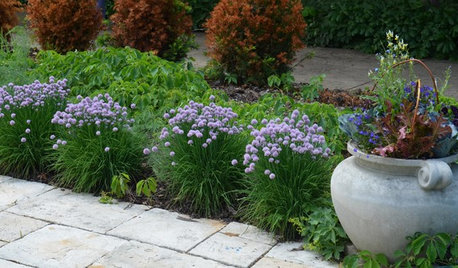
GARDENING GUIDESEdible Plants That Double as Ornamentals
Try growing these tasty plants with your ornamentals for an attractive garden and fresher meals
Full Story
GARDENING GUIDESHouzz TV: Make a Worm Bin for Rich Soil and Happy Plants
A worm-powered compost bin that can fit under a sink turns food scraps into a powerful amendment for your garden. Here’s how to make one
Full Story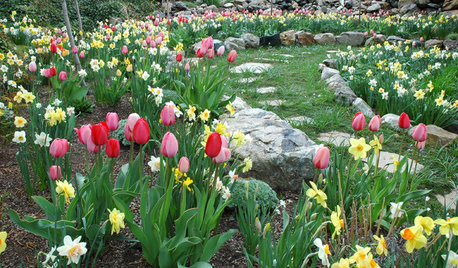
GARDENING GUIDESGardening With Kids: How to Plant Bulbs
You don't need expertise to get flowering bulbs in the ground in fall — but kids will feel like gardening pros come spring
Full Story
WORKING WITH PROSWhat Do Landscape Architects Do?
There are many misconceptions about what landscape architects do. Learn what they bring to a project
Full Story
GREEN BUILDINGLet’s Clear Up Some Confusion About Solar Panels
Different panel types do different things. If you want solar energy for your home, get the basics here first
Full Story
SUMMER GARDENINGHow to Grow Basil
Bright color, quick growth and endless uses for cooking make this summer annual a winner in the garden or a pot
Full Story
GARDENING GUIDESOh, Deer! 10 Native Flowers That Stand Up to the Herds
Keeping a garden amid hungry deer can be hard, but these plants should fare well
Full Story
SAVING WATERHouzz Call: Are You Letting Go of Your Lawn?
Many facing a drought are swapping turf for less thirsty plantings. If you’re one of them, we’d like to hear about it
Full Story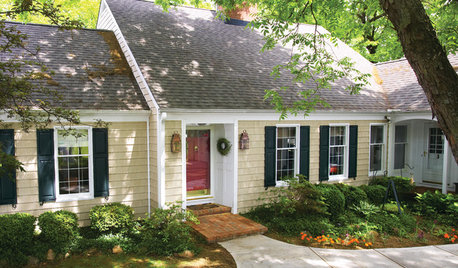
HOUSEKEEPINGHow to Wash Your House
Avoid damage to siding and plants while getting your home's exterior shining clean, with this guide to using pressure washers and hoses
Full Story
GARDENING GUIDESRegal Lavender Rules Gardens Coast to Coast
Learn how to grow this fragrant, beautiful herb and show off its full beauty in the landscape
Full Story





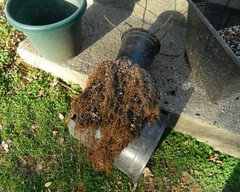
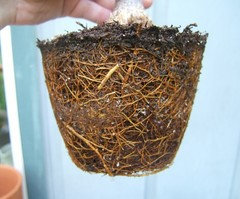




tapla (mid-Michigan, USDA z5b-6a)